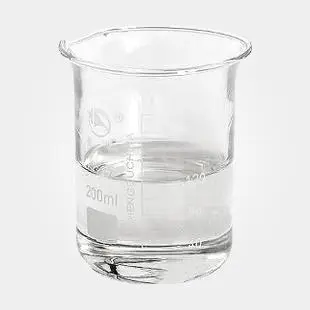Qhov sib txawv ntawm isopropyl thiabisopropanolnyob rau hauv lawv cov qauv molecular thiab cov khoom. Thaum ob qho tib si muaj tib cov pa roj carbon thiab hydrogen atoms, lawv cov qauv tshuaj sib txawv, ua rau muaj qhov sib txawv loj hauv lawv lub cev thiab tshuaj lom neeg.
Isopropyl cawv, tseem hu ua isopropanol, belongs rau tsev neeg ntawm cawv thiab muaj cov tshuaj formula CH3-CH(OH)-CH3. Nws yog volatile, flammable, xim tsis muaj kua nrog ib tug yam ntxwv tsw. Nws cov polarity thiab miscibility nrog dej ua rau nws yog ib qho tseem ceeb ntawm kev lag luam tshuaj, nrhiav nws daim ntawv thov nyob rau hauv ntau yam xws li cov kuab tshuaj, antifreezes, thiab tu cov neeg ua hauj. Isopropanol kuj tseem siv los ua cov khoom siv raw rau kev tsim khoom ntawm lwm cov tshuaj.
Ntawm qhov tod tes, isopropyl sawv cev rau hydrocarbon radical (C3H7-), uas yog alkyl derivative ntawm propyl (C3H8). Nws yog ib qho isomer ntawm butane (C4H10) thiab tseem hu ua tertiary butyl. Isopropyl cawv, ntawm qhov tod tes, yog cawv derivative ntawm isopropyl. Thaum isopropyl cawv muaj pawg hydroxyl (-OH) txuas rau nws, isopropyl tsis muaj ib pawg hydroxyl. Qhov sib txawv ntawm cov qauv no ua rau muaj qhov sib txawv loj hauv lawv lub cev thiab tshuaj lom neeg.
Isopropyl cawv yog miscible nrog dej vim nws qhov polar xwm, whereas isopropyl nonpolar thiab insoluble hauv dej. Cov pab pawg hydroxyl tam sim no nyob rau hauv isopropanol ua rau nws muaj zog dua thiab polar dua isopropyl. Qhov sib txawv polarity no cuam tshuam rau lawv cov solubility thiab miscibility nrog lwm cov tebchaw.
Hauv kev xaus, thaum ob qho tib si isopropyl thiab isopropanol muaj tib tus naj npawb ntawm cov pa roj carbon thiab hydrogen atoms, lawv cov qauv tshuaj sib txawv heev. Lub xub ntiag ntawm ib pawg hydroxyl nyob rau hauv isopropanol ua rau nws muaj lub cim ncov qaumteb qabteb, ua rau nws miscible nrog dej. Isopropyl, tsis muaj pawg hydroxyl, tsis muaj cov cuab yeej no. Yog li, thaum isopropanol pom ntau daim ntawv thov kev lag luam, isopropyl txoj kev siv yog txwv.
Post lub sij hawm: Jan-08-2024





